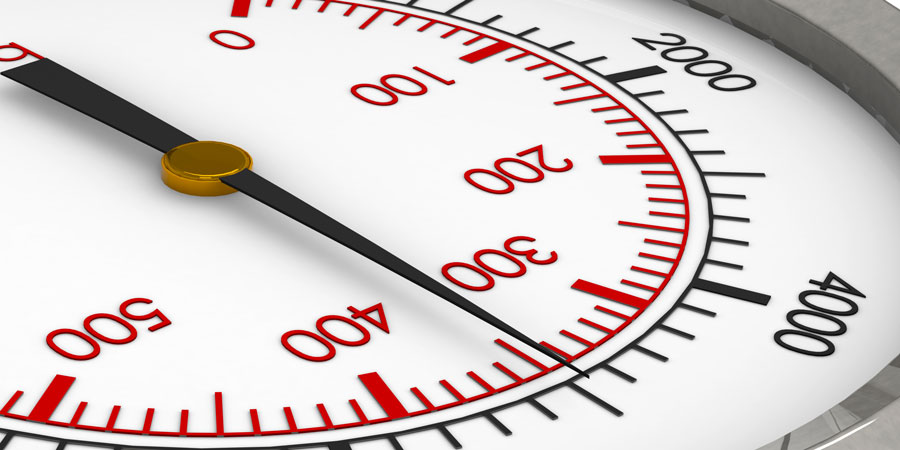Water meters measure the volume of water used within commercial and residential buildings. There are two conventional approaches to water flow measurement– displacement. and velocity. Displacement relies on the water to physically displace the moving measuring element in direct proportion to the amount of water that passes through the meter. Displacement meters are more accurate, however also costlier as the measure exact measures of volume that is displaced through the meter chambers. On the other hand, Velocity flow measurement determines the flow through a meter of known internal capacity. The speed of the flow can then be converted into a volume of flow to determine the usage.
Both Single-jet and multi-jet water meters fall under the water velocity type meters, in which an impeller that rotates at a known speed (compared to water speed) is turned by water, while the internal strainer grids in these meters prevent the jets from clogging. Because of their effectiveness at low water flows and small diameters they are suitable for sub/secondary billing in domestic applications, batch control and water monitoring in small industrial or commercial applications.
Besides single-jet and multi-jet meters, velocity-based meter designs also include turbine meters. Turbine type meters are used for lower flow rates and high volume, that is why they are used more frequently in large pipe diameters.
In multi-tenant buildings, water submetering is the most effective way to bill each tenant according to their individual water usage. In order to increase the accuracy, it’s always advised to install the meter properly, that includes an adequate back-flow preventer upstream from the meter and purging the air out of the water pipe, as air bubbles would still be counted with the water flow.
Difference Between Single-Jet and Multi-Jet Water Meters
Single-Jet Meters
Single-jet meters are a low-cost option because there’s a direct impact to the impeller by the water flow. They make use of one port to create a jet of water, which makes the turbine rotate. There is a single stream of water directed towards a turbine mounted in a radial position within the meter. The turbine starts rotating and transmitting the motion to the display mechanism, which allows us to measure the volume of water passing through the meter.
Single-jet water meters are simple, have an internal strainer element that protects the meter’s jet from clogging. Their bodies and outer casings are typically made of bronze or plastic, while the internal measuring parts are made from stainless steel and thermoplastics making them highly-reliable products with a competitive price for submetering applications.
Multi-Jet Meters
Unlike single-jet meters, which have one port, multi-jet meters have multiple ports that surround an internal chamber to create a flow of water against the turbine. Because the load is evenly placed across the impeller, multi-jet meters retain accuracy even a lower flow rates and give a much longer life. Because of their design Multi-jet meters are ideal for diameters between 1-1/2" to 3" in diameter, for large water users, water utilities as well as for industrial water installations.
Multi-jet water meters also have an internal strainer that protects the meter’s jet ports from clogging. Their bodies and outer casings are typically made of bronze alloy, and the internal measuring parts are made from stainless steel and modern thermoplastics.
Both single- and multi-jet water meters are excellent choices for sub/secondary billing for water monitoring in commercial and industrial applications, batch control, and domestic applications.
Thanks to real-time data recorded by water submeters, we can get immediate information on abnormal changes in water consumption and act immediately.
With technological solutions that integrate different communication systems (such as pulse output, modbus or Mbus) with water meters, building owners, managers, and engineers can get remote or local water consumption readings for their properties, allowing them to make smart decisions to improve water conservation, and run their buildings more efficiently.


